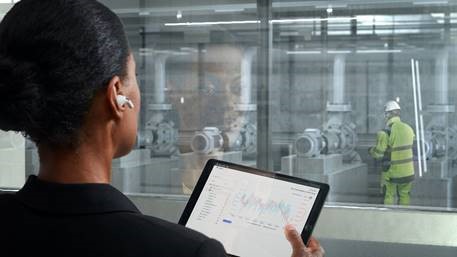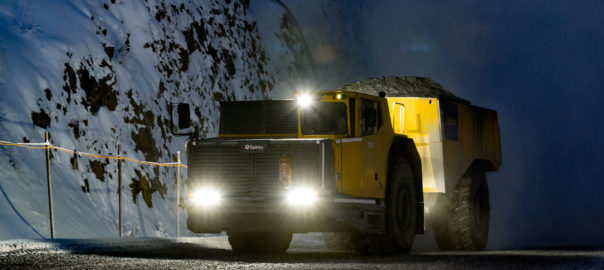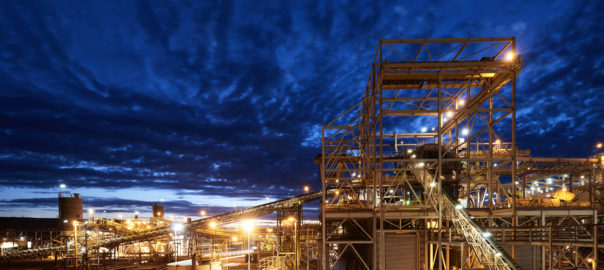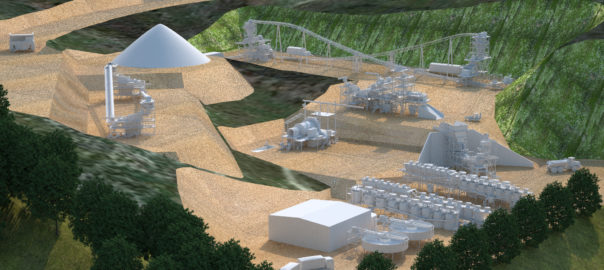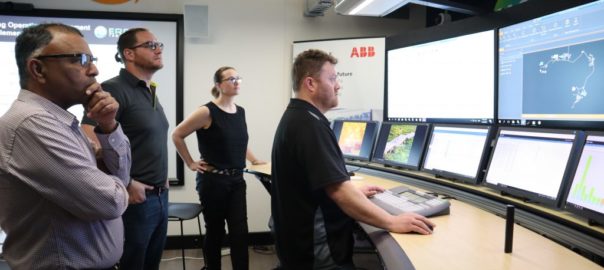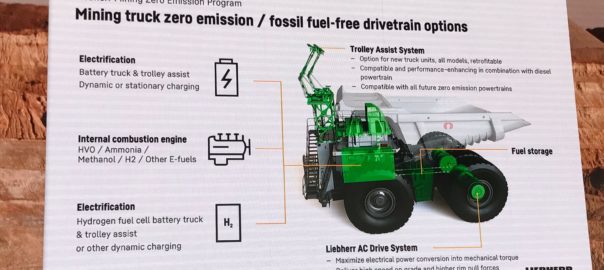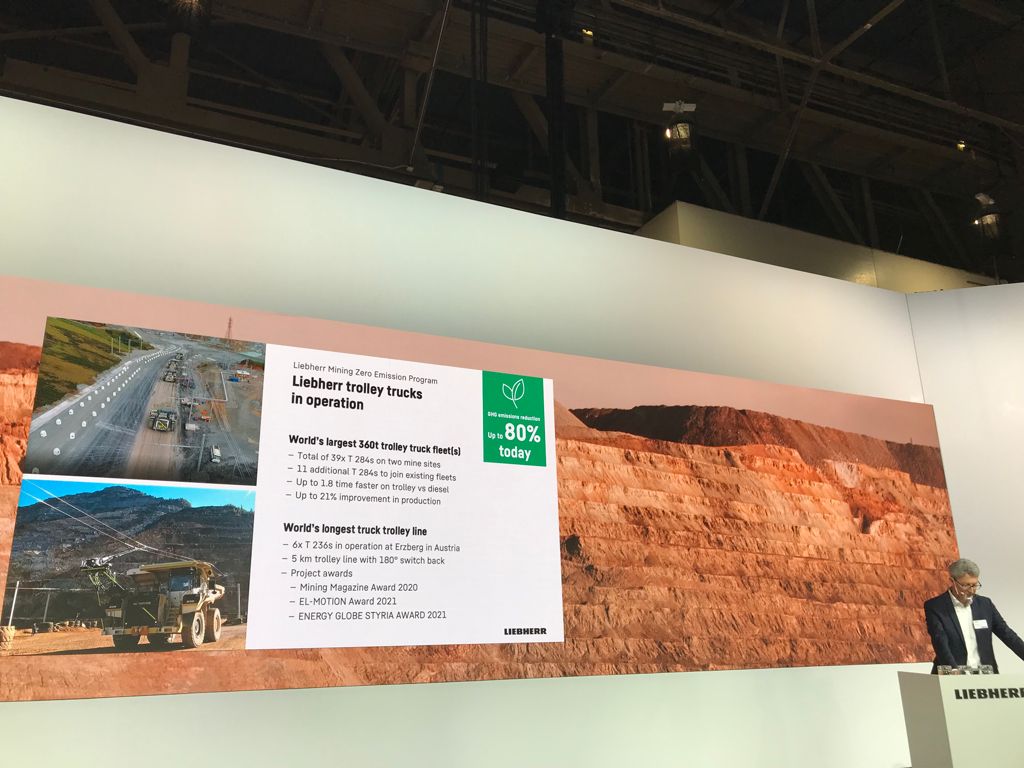A new digital service from ABB will, the company says, enable industrial operators to maximise energy efficiency and boost sustainability by identifying motor-driven equipment in their facilities with the best energy-saving potential.
The ABB Ability Digital Powertrain Energy Appraisal service will draw on data measured from fleets of digitally connected electric motors and variable speed drives (VSDs) to show where and how much energy can be saved by upgrading to the latest high-efficiency technologies. Industrial operators can then make data-driven decisions when prioritising investments, the company says.
Upgrading to energy-efficient technology is one of the simplest and most cost-effective ways to lower energy consumption and associated greenhouse gas emissions, ABB says. Across the world’s 300 million industrial motor-driven systems, there is potential to cut global electricity demand by up to 10% by switching to high-efficiency systems.
“The challenge for an industrial operator is knowing where to start in a fleet of hundreds of electrical motors,” Adrian Guggisberg, Division President of ABB Motion Services, says. “ABB developed the new Digital Powertrain Energy Appraisal service to provide clarity by analysing motor data and identifying where businesses should focus investment to maximise energy-efficiency gains that reduce operating costs and CO2 emissions.”
Traditionally, an energy efficiency appraisal requires time-consuming manual collection and evaluation of data and covers only the largest motor-driven systems on a site as these are typically seen as having most potential for saving energy, ABB says. However, this could overlook significant energy-saving opportunities for electric powertrains that are smaller, less accessible or where energy-saving potential is not obvious.
The new digital appraisal service uses a plug-and-play approach to simplify energy efficiency assessments by pulling operational data remotely from across an entire fleet of digitally-connected motors. This provides much deeper insight into the business case and carbon footprint benefits of upgrading to high-efficiency motor-driven systems, while being much safer and faster.







